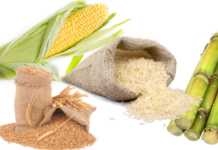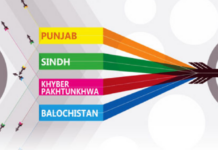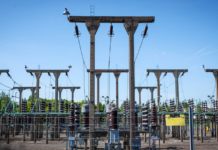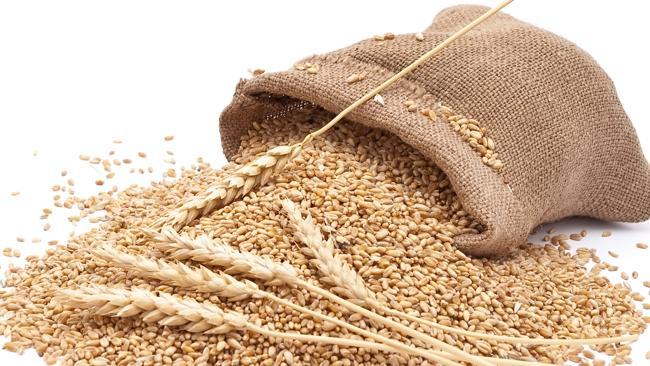As wheat harvesting gains momentum in Punjab and Sindh, farmers are worried that market prices will continue to fall. Almost 50% of the crop has been harvested in these provinces, but the arrival of new grain has already led to a decrease in prices, with current rates ranging from Rs2,200 to Rs2,390 per 40 kg, compared to Rs2,900 to Rs3,700 earlier.
In Khyber Pakhtunkhwa and Balochistan, prices have reached up to Rs2,450 per 40 kg.
With the ongoing harvesting in central Punjab expected to add to the supply, many farmers fear further price drops, leaving them vulnerable in a deregulated market.
Following an agreement with the International Monetary Fund (IMF), both the provincial and federal governments have distanced themselves from direct market interventions.
Last year, the Punjab government, which typically procures about 4.2 million tonnes of wheat, reversed its decision to buy grain from farmers, citing high carryover stocks from previous years.
The situation is complicated by the federal government’s stance on deregulation. While it initially raised procurement targets following farmer protests, it has continued with the IMF-driven strategy to stay out of wheat procurement.
Similarly, Sindh’s Chief Minister, Murad Ali Shah, announced that the province will not procure wheat, citing 1.3 million tonnes of carryover stock.
Punjab, which produces around 80% of the country’s wheat, is now concerned about the potential impact on its rural voter base, with adverse effects on farmers potentially undermining political support.
The US Department of Agriculture has projected a 13% decrease in Pakistan’s wheat output for the 2025-26 season, citing a reduction in cultivated area and the dry weather conditions that have persisted since October 2024.
There are also fears that a lack of strategic reserves could lead to higher flour prices, especially in urban areas, potentially harming the government’s image.
To address the situation, the provincial government is turning to the private sector, particularly the flour milling industry, to maintain strategic wheat reserves. Meetings have been held with millers, though it remains unclear what incentives the government will offer to encourage private investment.
However, without public sector support, mills will need to increase their purchasing capacity to 4 million tonnes from the usual 2 million tonnes to meet their demand throughout the year. This will require additional storage and funding, raising concerns about who will provide the necessary resources.
Agricultural authorities claim to have met 98% of the target, but farmers’ groups argue that the area planted with wheat has decreased by 25%. They warn of a potential 30% shortfall in overall production, with yields expected to drop by 10 maunds per acre due to poor weather conditions and rising production costs.
In Sindh, yield losses of up to 15% are expected, with some regions seeing losses of up to 45% due to erratic weather and poor-quality seeds.























